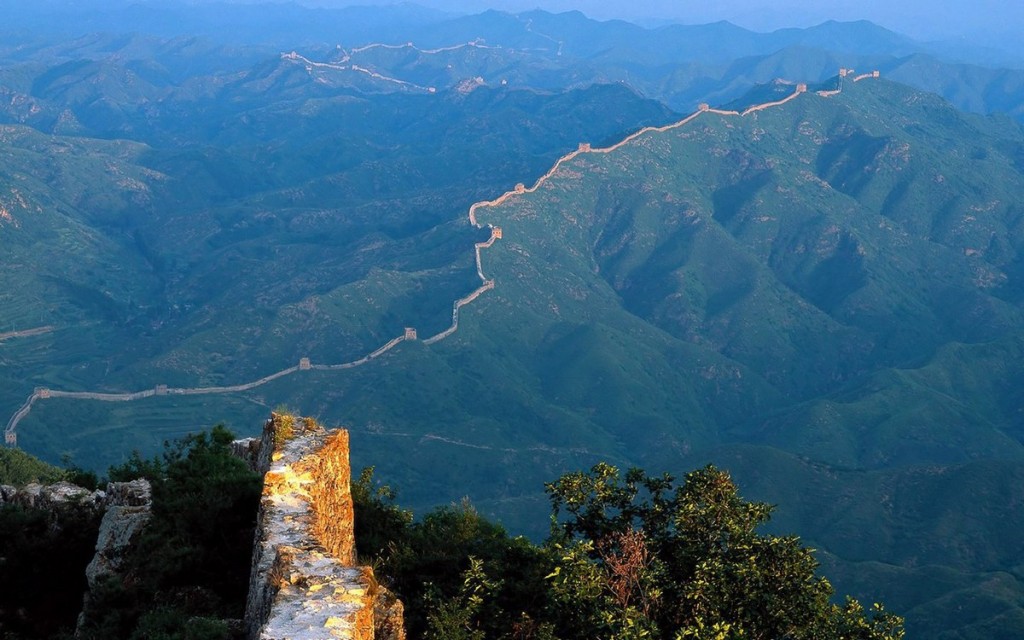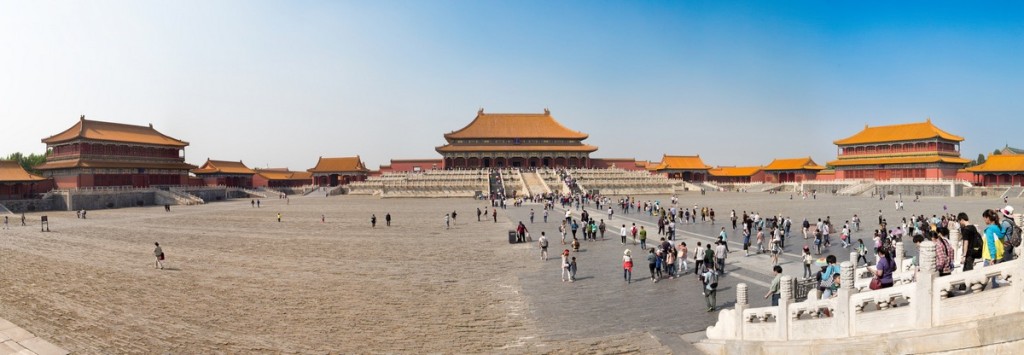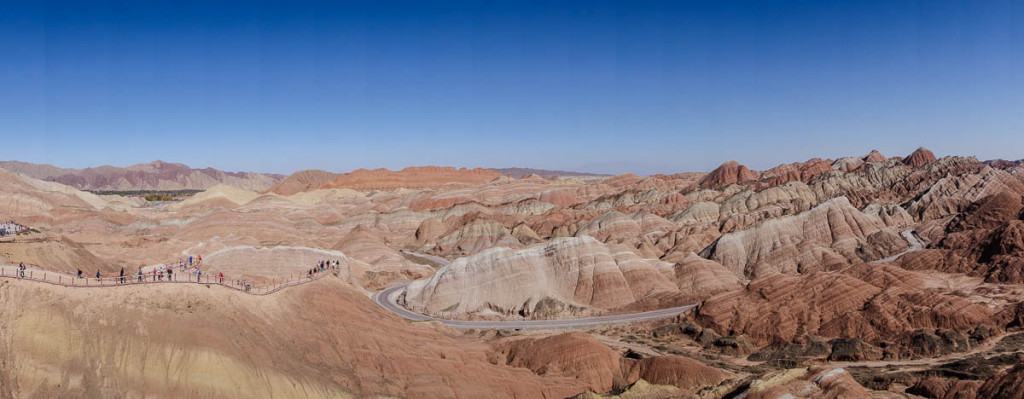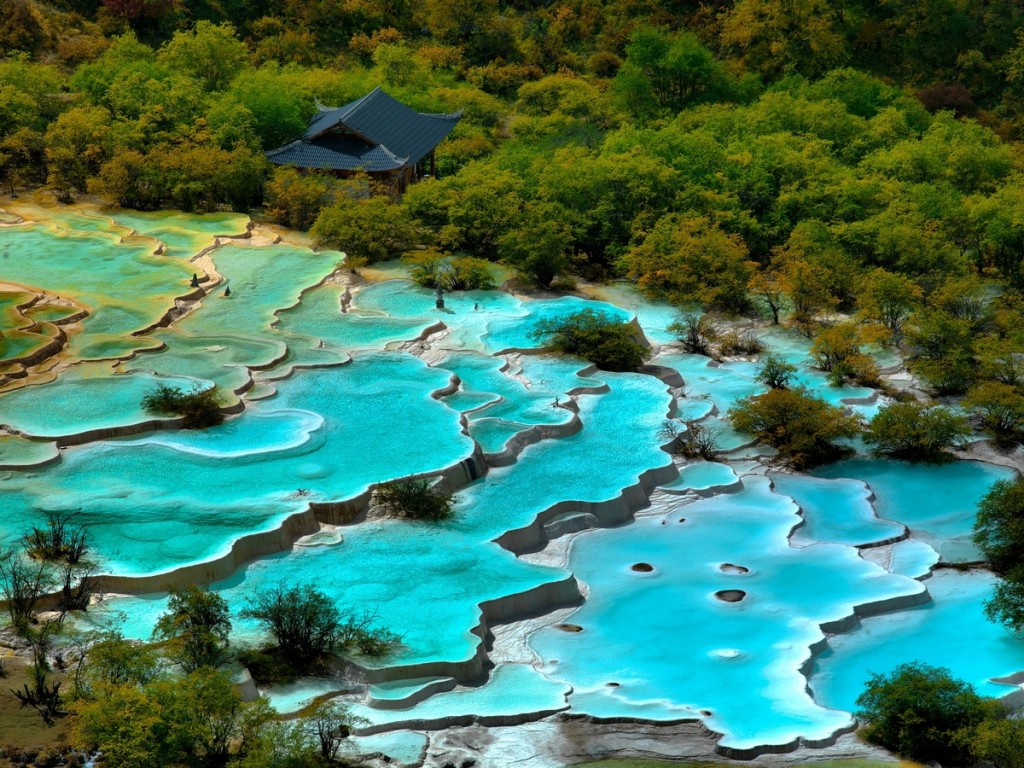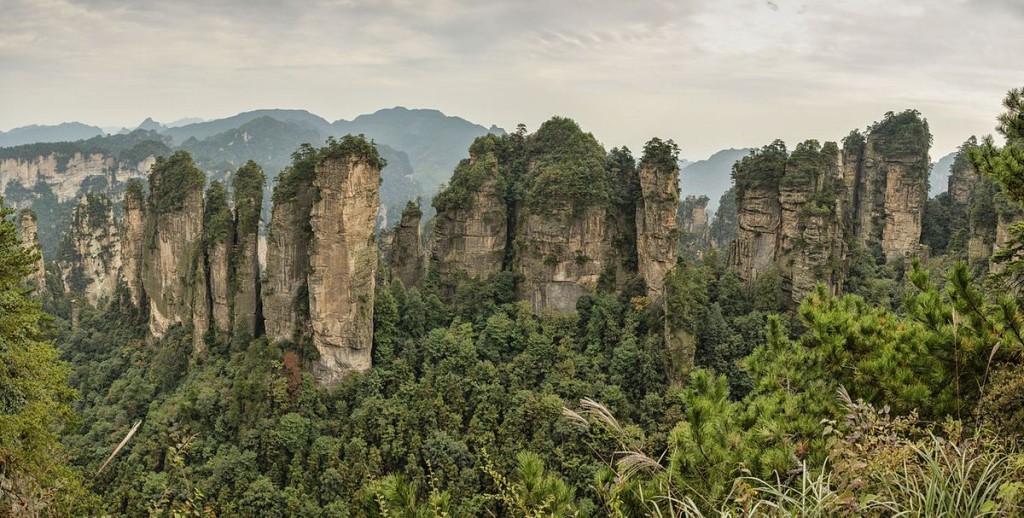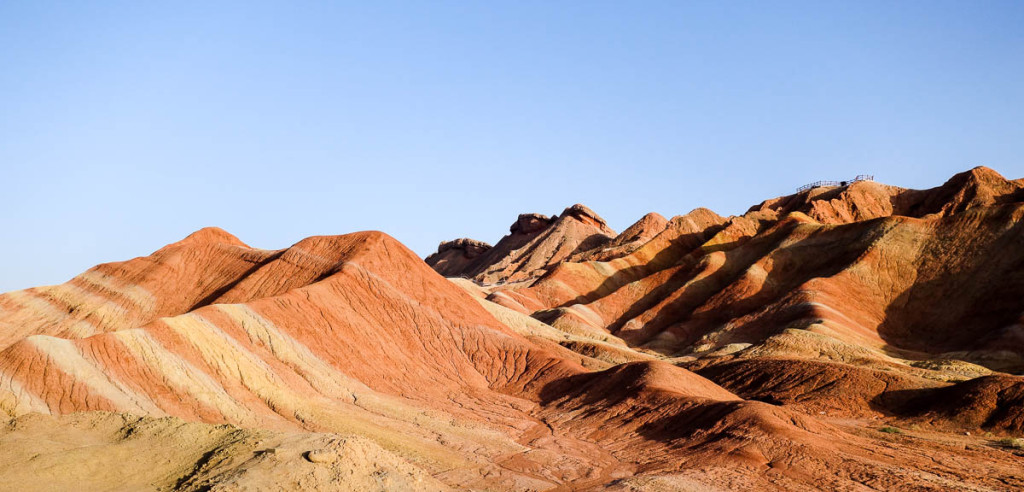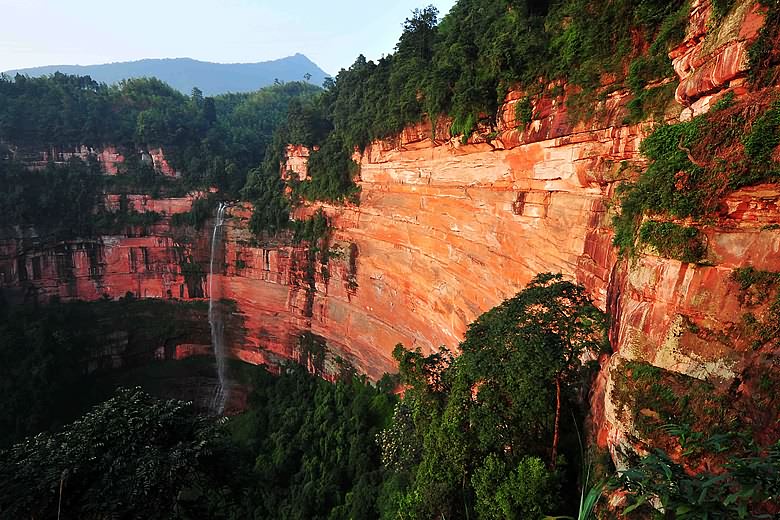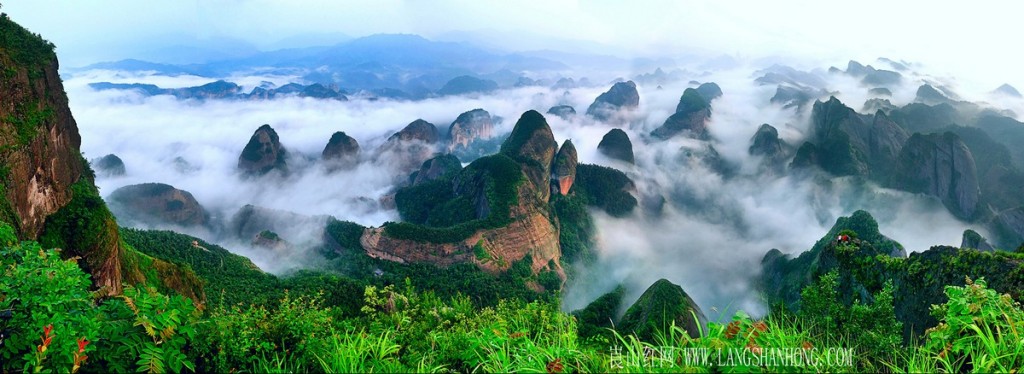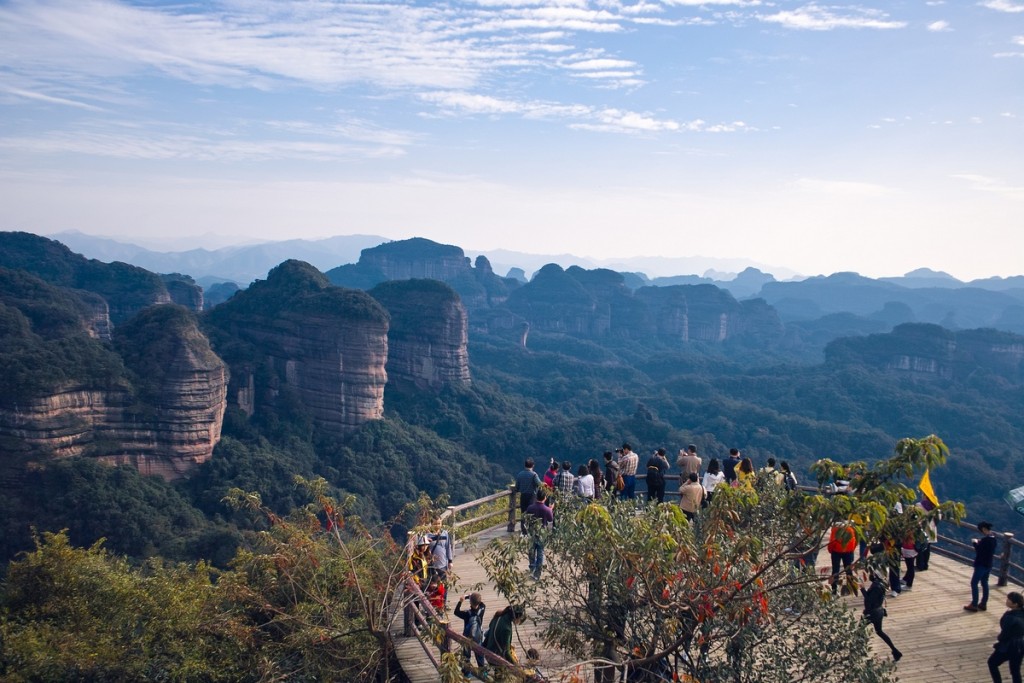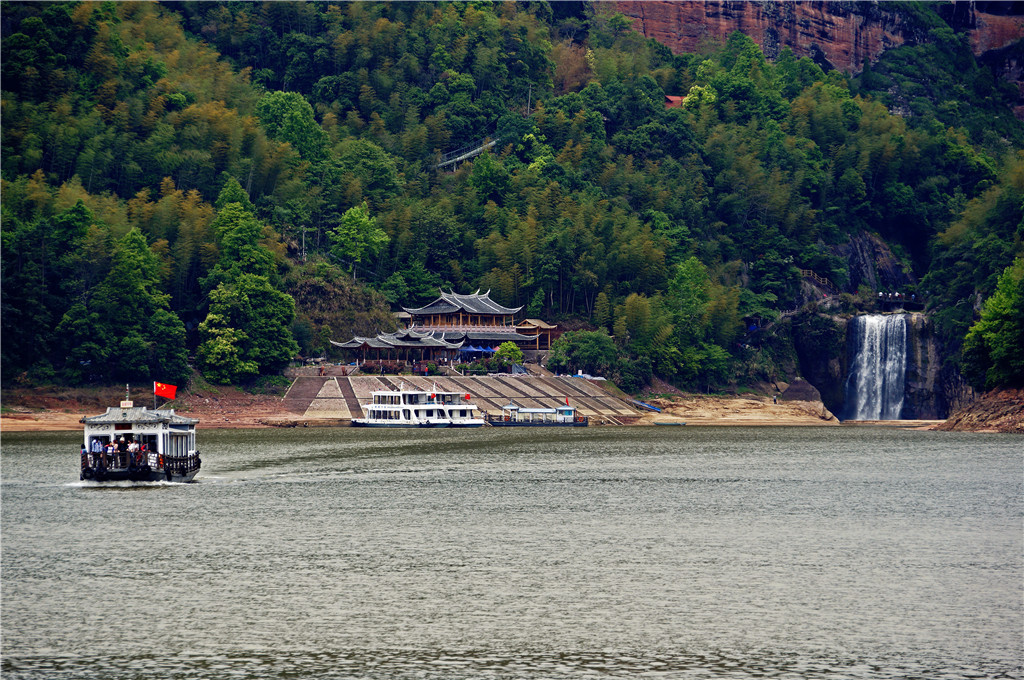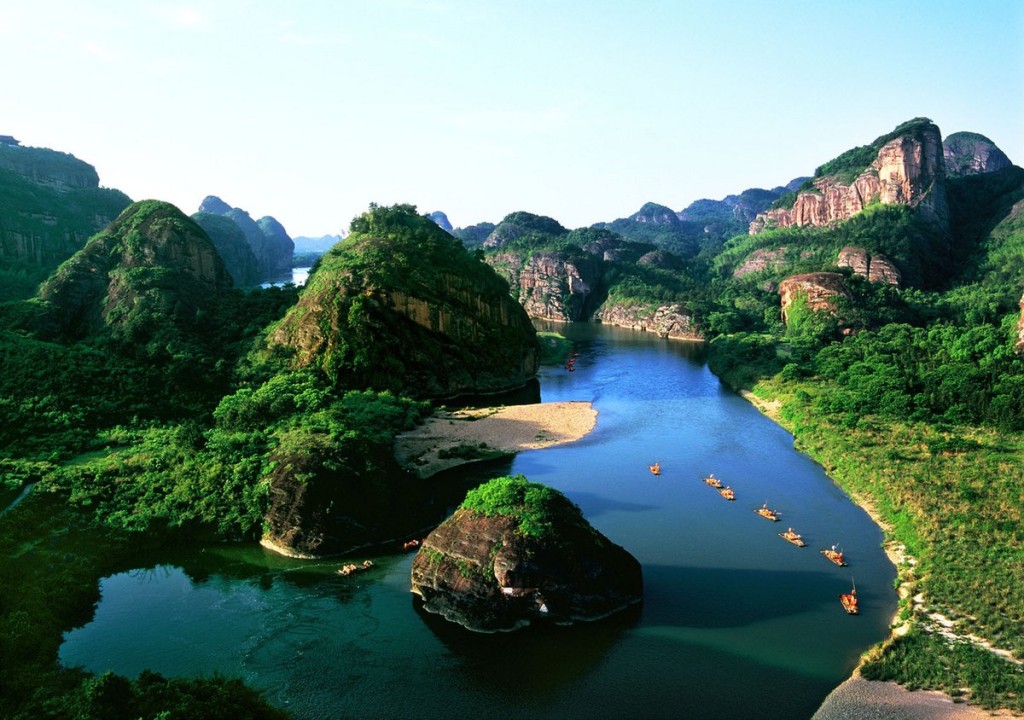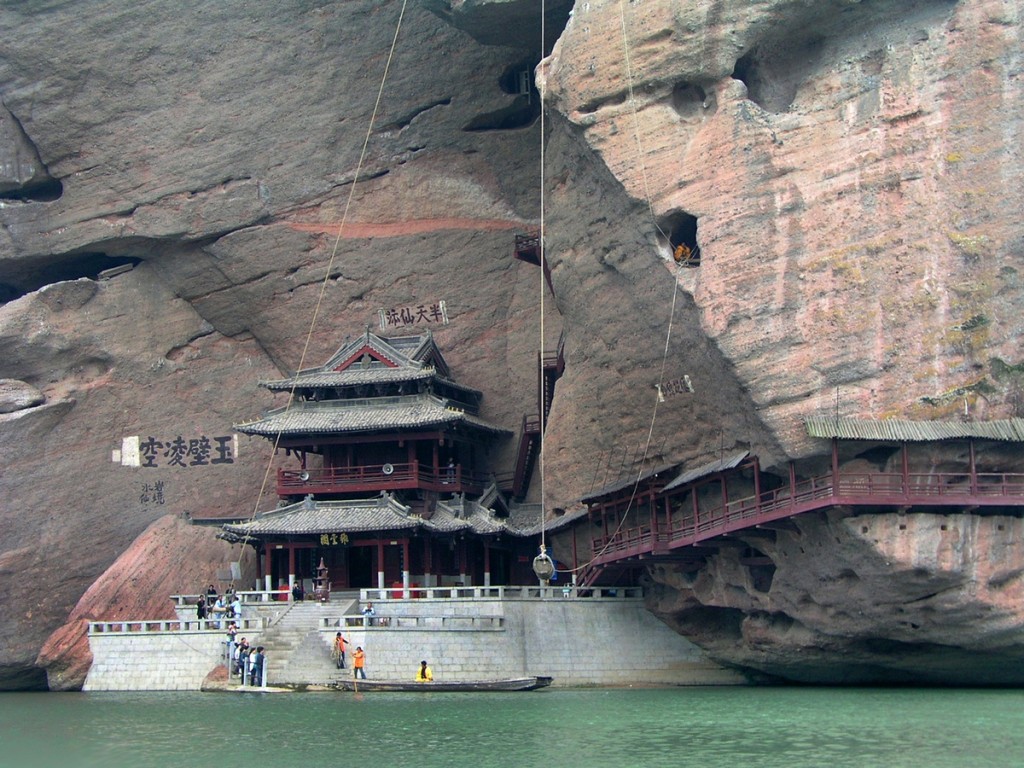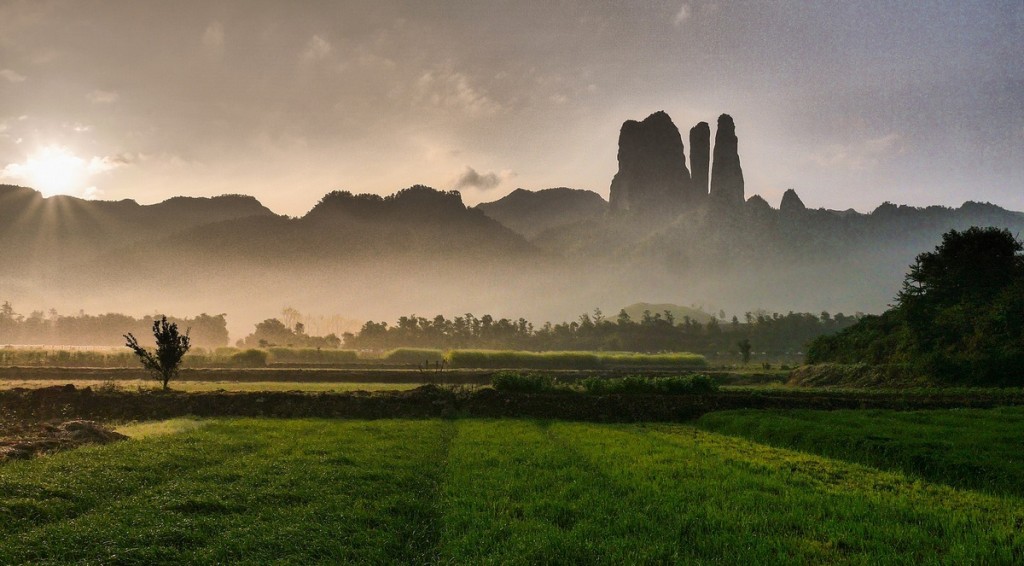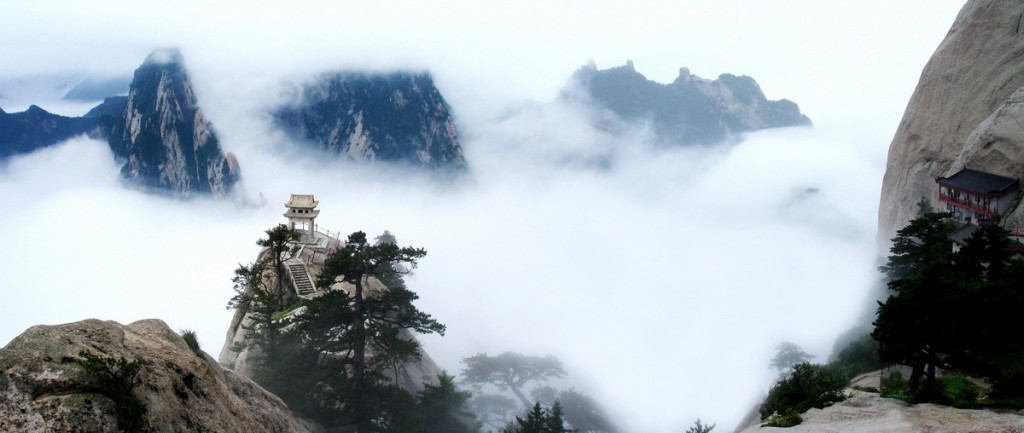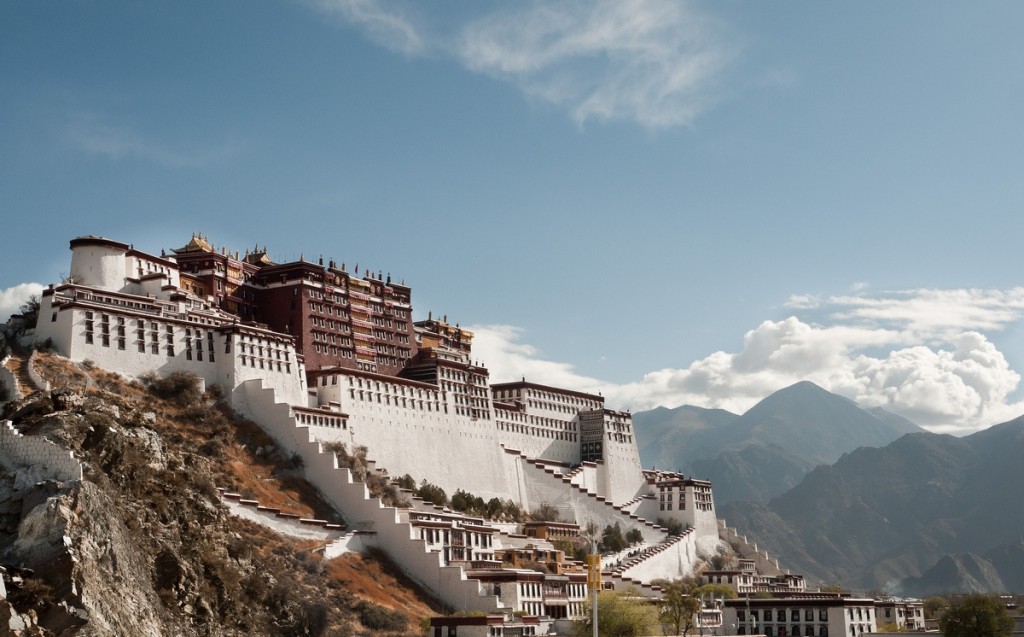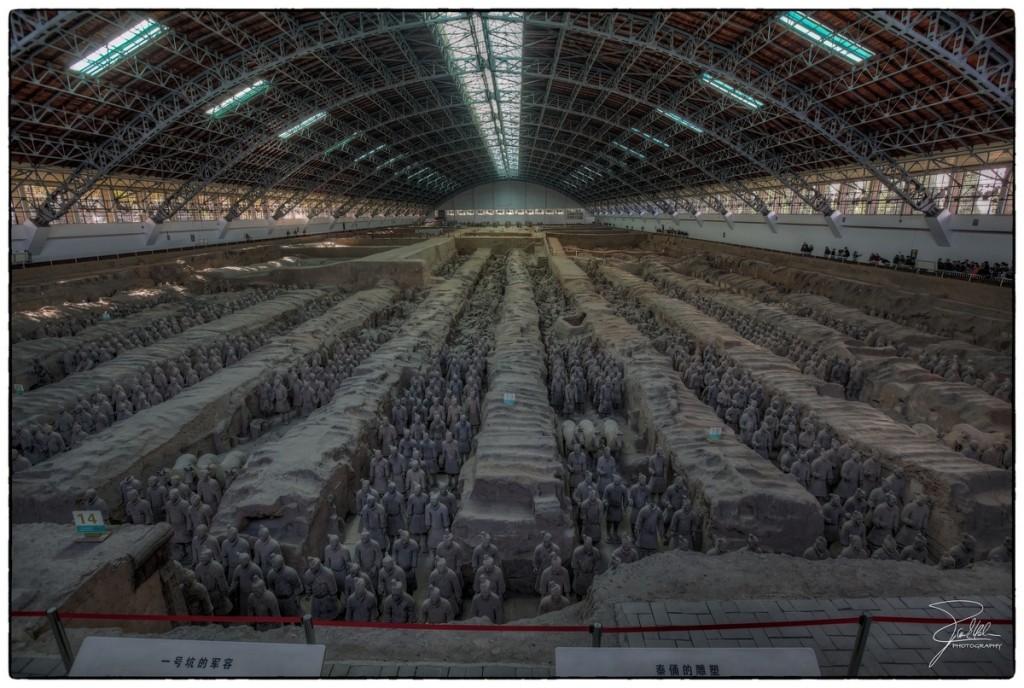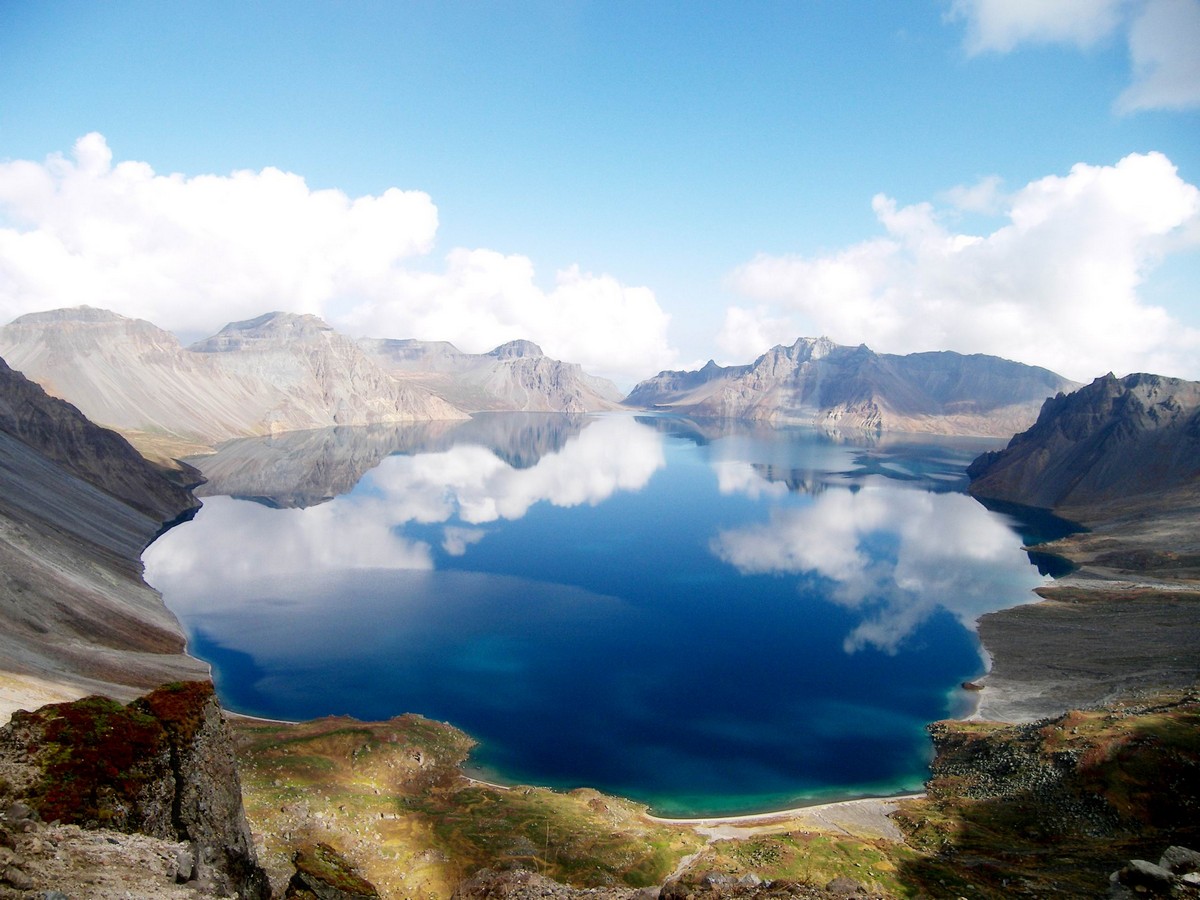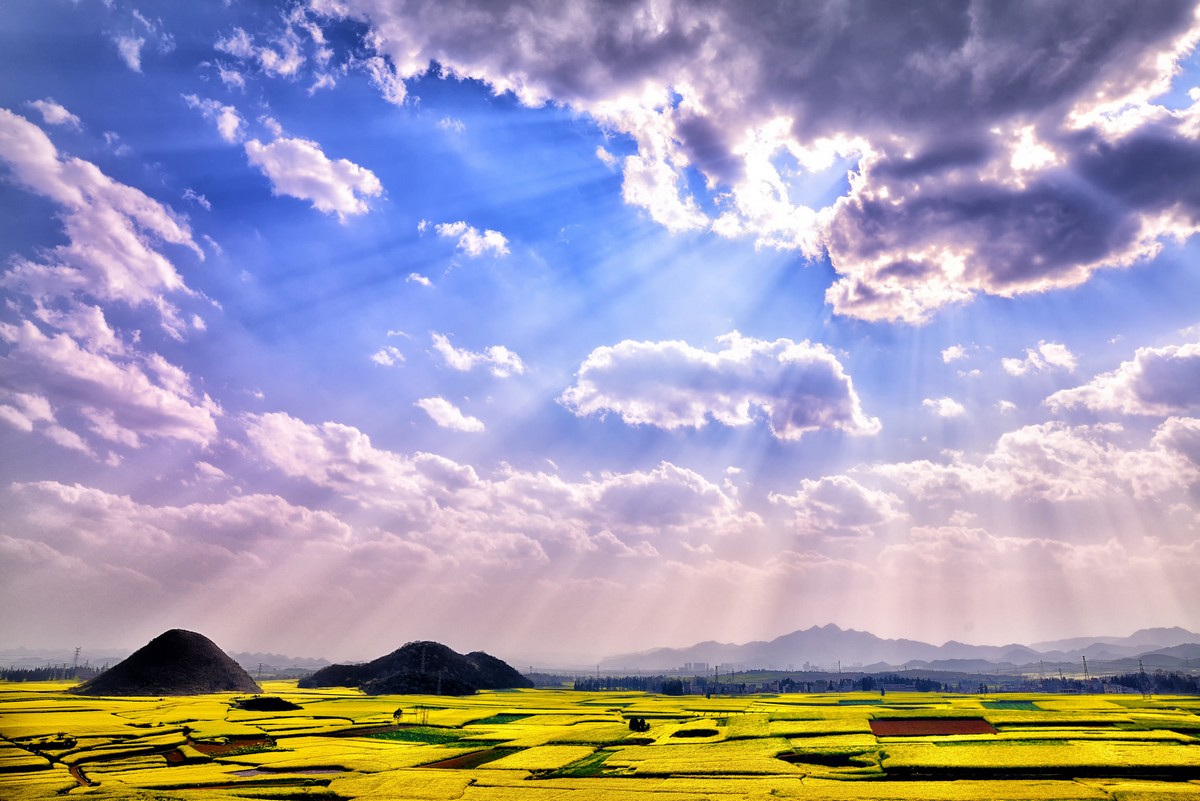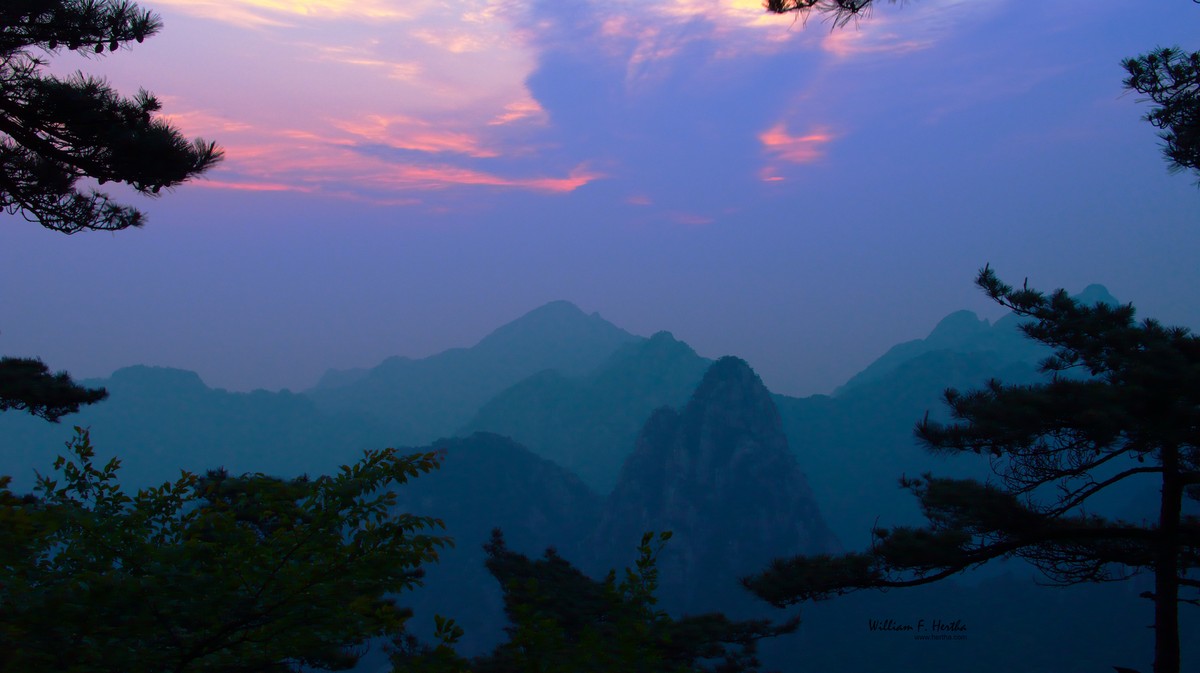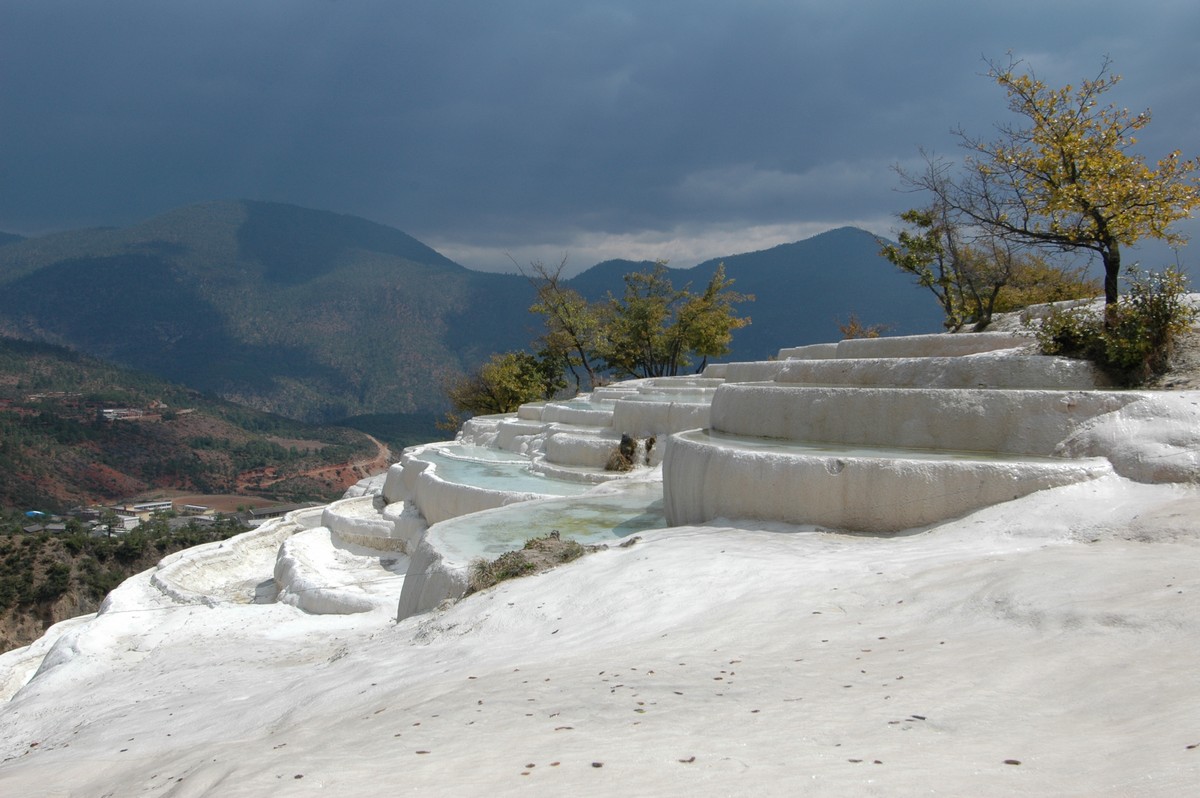December 10, 2015
Top-100 Series: China.
So, why does China (in addition to Russia) get a Top-100 post all of its own? Easy: the quantity of unique natural beauties here is simply off the scale. Curiously though, hardly any of them are known outside the country.
Quite why that’s the case, I’m not fully sure of. What I am sure about is that China appears to do absolutely nothing to attract foreigners to the country. But then they don’t have to. They’ve enough on their plate catering to the hundreds of millions of their own citizens. Accordingly, some places – no matter how ‘wow’ – don’t even have a Wikipedia entry. They only become known about through tales of the odd (odd!) foreign tourist or two who accidentally happen on them during their pioneering travels around the country’s hinterland. And one such odd odd foreign tourist is (to a certain extent, for I still haven’t seen a great deal of the country) me!
But before getting to those ultra-exclusive unknown Chinese locations, let me get a few of the very obvious, very famous Chinese tourist attractions out of the way…
52. Great Wall of China.
I’ve been told that several generations ago folks could trek along the wall for several days on end! Alas, these days there’s no chance of that: self-preservation’s the name of the game today; only a short section is open to visitors. Nevertheless, it’s still totally worth checking out, and not only for the proverbial tick on your ‘been and seens’: there’s no other wall quite like it in the world. Uniformly unique.
 |
 |
 |
 |
 |
 |
 |
53. Forbidden City.
One of few Chinese ancientnesses spared in the Cultural Revolution. Obligatorily must-see. Alas, besides this there’s nothing else of outstanding note in Beijing (as far as I am aware).
 |
 |
 |
 |
 |
 |
 |
54. Zhangye Danxia National Geological Park.
Multicolored rock formations making up the hilly landscapes here, which have been voted as among the most beautiful landforms in China, reports Wikipedia. The brightly colored layers across the rock are… flabbergastingly astonishing! I wonder how different weather affects how it all looks here – say, when it’s raining or when the sun’s shining brightly.
Btw, the rocks here all consist of what is known as the Danxia landform – ‘landscapes that consist of a red bed characterized by steep cliffs’ (– Wiki), and Danxia gets its own entry in my Top-100 – No. 57, below. I was there just recently (October 2015) and was dumbstruck by the bewildering beauty of the place.
 |
 |
 |
 |
 |
 |
 |
55. Huanglong.
Bright turquoise pools formed by calcite deposits that run neck-and-neck with Turkey’s Pamukkale – if don’t pip it to the post. Locals say it’s best to check the place out in October, as for the rest of the year (!) the weather will be a major impingement. Always one to take the advice of locals, I got myself there last month – October 2015. And was suitably overwhelmed by the overall outstandingness.
 |
 |
 |
 |
 |
 |
 |
56. Wulingyuan.
Stupefyingly scenic massive rock columns in the Hunan Province: so staggering they inspired the Pandora set for the movie Avatar. Not for vertigo sufferers!
 |
 |
 |
 |
 |
 |
 |
57. Danxia landform.
Multicolored hills in different parts of china. Unearthly landscapes – at least in the pics; for I’ve only been to Danxian Zhangye, as mentioned.
Incidentally, ‘Danxia’ looks like it’s the Latinized form of the Pinyin word ‘dānxiá’. However, when pronounced correctly in Pinyin, it sounds to me more like ‘dansya’.
 |
 |
 |
 |
 |
 |
 |
And now a few Danxian sub-entries:
Mount Chishui.
The largest of the Danxian rock masterpieces. Also, they say, the most varied. It has mountains, forests, waterfalls and lots more besides. There are also the Dazu Rock Carvings – ancient Buddhist sculptures set in a rock face.
 |
 |
 |
 |
Mount Langshan.
A spectacularly out-of-this-world location. Kinda like a gigantic labyrinth, whose paths are divided by column-like mountains. Impressive.
 |
 |
 |
 |
Mount Danxia.
This place gave its name to the whole Danxian geological feature. So it’s bound to be pretty darn dazzling in the big red sandstone column dept. And looking at the pics, it sure is. Btw, Danxia in Chinese means ‘red sun rays’.
 |
 |
 |
 |
 |
 |
 |
Taining.
This place is hard to find virtually, i.e., on the Internet. Heck, it doesn’t even have a Wikipedia page. But that makes it all the more alluring! Hidden, unknown China!!
Oh yes, and it’s not bad on the natural beauty scorecard either: one site (once you manage to find it) even says that this is the most mind-blowingly fantastic place out of the whole extensive list of Danxian mind-blowingly fantastic places.
Basically, it’s a collection of hundreds of both large and small valleys in among the tall red rock formations + caves + waterfalls + picturesque rivers and lakes. As if all that natural beauty weren’t sufficient, it’s enhanced yet further by large doses of imposing cultural heritage of Buddhism, Taoism and Confucianism.
 |
 |
 |
 |
 |
Mount Longhu.
Mount Longhu is considered birthplace of Taoism so, in addition to the lusciously lush landscapes, get ready for similarly huge helpings of cultural side dishes.
 |
 |
 |
 |
 |
 |
 |
Mount Jianglang.
Three fingers sticking up toward heaven. Kinda. Actually three 300-meter columns, plus countless caves, plus wondrous waterfalls, plus yet more helpings of cultural heritage.
 |
 |
 |
 |
 |
 |
 |
58. Li river.
Karst mountain landscapes with caves. The photos scream uniqueness. Must get there…
 |
 |
 |
 |
 |
 |
 |
59. Shilin / Stone Forest.
Vast park of stone columns. Fantastical photographic potential. Details here.
 |
 |
 |
 |
 |
 |
 |
60. Mount Hua.
A two-kilometer extreme mountain trek across several mountain peaks, taking in ancient Tao installations along the way. A daring hiker’s dream!
 |
 |
 |
 |
 |
 |
 |
61. Lhasa, Tibet Autonomous Region.
The ancient Tibetan capital. Sacred. Holy. Must-see!
 |
 |
 |
 |
 |
 |
 |
Bonus tracks:
Terracotta Army.
 |
 |
 |
 |
 |
 |
 |
Mount Kailash.
 |
 |
 |
 |
 |
 |
 |
Changbai Mountains.
 |
 |
 |
 |
 |
 |
 |
Luoping County.
A beautiful scenery of fields of canola (rapeseed) plants are in full bloom, surrounding the area’s mountains with a sea of golden flowers to spectacular effect.
 |
 |
 |
 |
 |
 |
 |
Huangshan.
I’ll just quote Wikipedia, it says it all: “The area is well known for its scenery, sunsets, peculiarly-shaped granite peaks, Huangshan pine trees, hot springs, winter snow, and views of the clouds from above. Huangshan is a frequent subject of traditional Chinese paintings and literature, as well as modern photography. It is a UNESCO World Heritage Site, and one of China’s major tourist destinations.”
 |
 |
 |
 |
 |
 |
 |
Baishuitai.
Beautiful natural mineral terraces, twin brother to the Turkish Pamukkale.
 |
 |
 |
 |
 |
 |
 |

